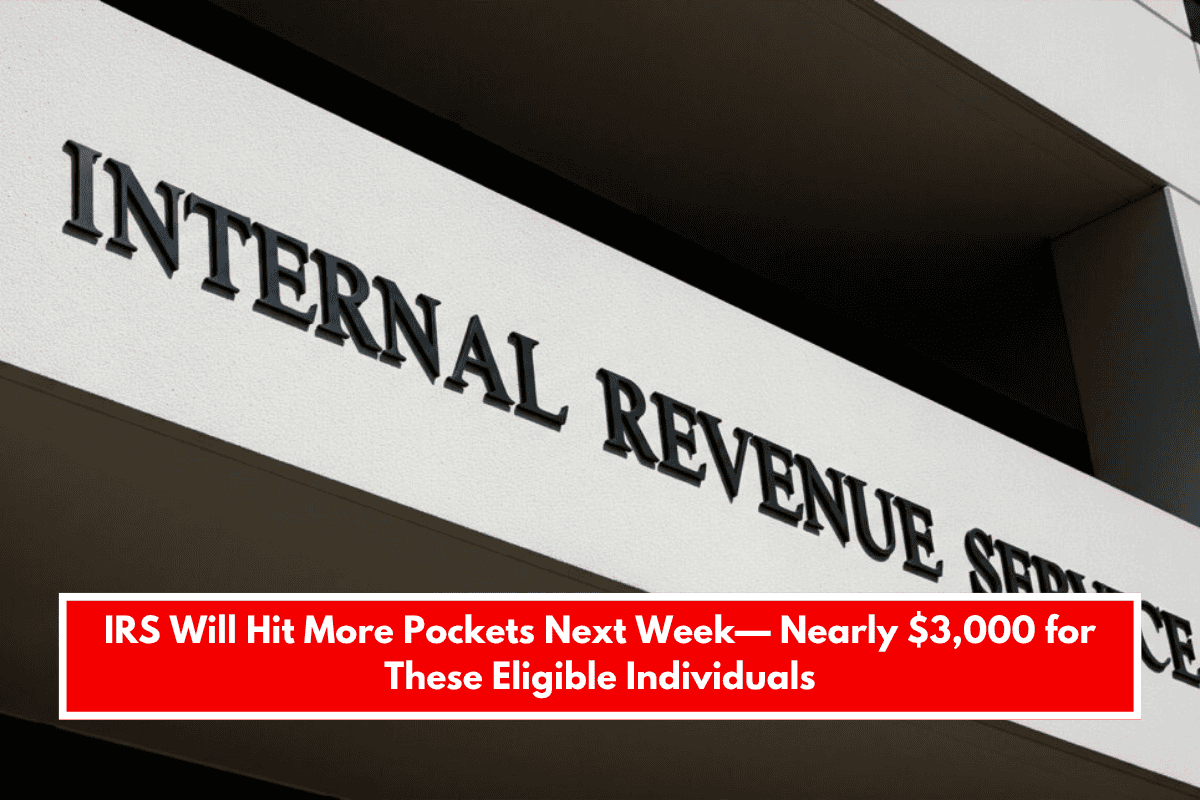The 2024 tax season officially wrapped up two months ago, but many taxpayers are still awaiting their refunds. As families prepare for summer vacations and school breaks, some may be receiving their tax refunds now, just in time to cover travel or other expenses.
If you filed your taxes last year and haven’t received your refund yet, it’s important to check whether you’re still eligible.
IRS Tax Refund Schedule
The Internal Revenue Service (IRS) processes tax refunds based on a few key factors: how you filed your taxes, and how you requested your refund. Here’s a quick breakdown of typical timelines:
- E-filed returns: These are generally processed within 21 days and refunds are issued relatively quickly, either by direct deposit or mailed check, depending on your preference.
- Paper returns: If you filed by mail, it may take up to 4 weeks for the IRS to process your return and send your refund. The timeline can be longer if there are any errors or amendments that need to be reviewed.
In addition, tax credits—like the Child Tax Credit or the Additional Child Tax Credit—can also extend the processing time, as these require additional checks and verifications. If there are discrepancies or issues with your return, it will take even longer to process and distribute your refund.
Who Will Get a Refund Between June 16 and 23, 2025?
If you filed your tax return between May 1 and May 15, or May 16 and May 31, you may expect a refund during the week of June 16 to June 23, 2025. However, your refund will only be issued if you meet the following criteria:
- E-filed with a mailed check
- E-filed with direct deposit
It’s important to note that refunds may be lower than expected, particularly if you filed late or did not receive an extension. If you filed between May 1 and May 31, you may also face penalties for late filing, which could reduce the total refund amount.
If you filed before the official April deadline and still haven’t received your refund, you can use the IRS “Where’s My Refund?“ tool to check your refund status and confirm if a refund is still coming your way.
Delays and Backlog: IRS Job Cuts Affect Processing Times
While many are waiting for their refunds, it’s important to consider recent delays due to internal job cuts at the IRS.
These cuts were recommended by the Department of Government Efficiency (DOGE) as part of efforts to save the federal government $150 billion in spending. These staffing reductions have contributed to a backlog in processing times, further delaying some refunds.
How Much Will My Refund Be?
As of May 9, 2025, the average refund issued by the IRS is about $2,939, according to official statistics. However, it’s essential to understand that this figure reflects all taxpayers and includes both low- and high-income earners.
The average is often skewed toward higher refund amounts, especially when high-income earners, who may have received larger refunds due to tax credits or other factors, are included in the overall average.
When anticipating your refund, don’t compare your expected amount to others. Everyone’s tax situation is unique, and your refund will depend on various factors, including income, tax credits, deductions, and potential penalties for late filing.
To get an accurate understanding of what you’re owed, always rely on official IRS communication. If you have any questions about your refund or taxes, reach out directly to the IRS or use their online tools for status updates.











Leave a Reply